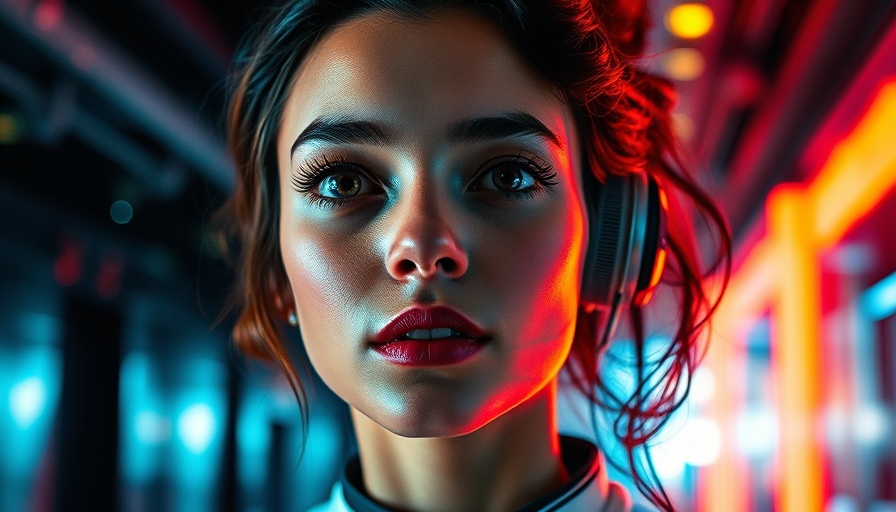
Understanding AI's Magic: A New Way to Relight Reality
NVIDIA's latest AI breakthrough, as showcased in the video "NVIDIA’s New AI: Painting With Light!", heralds a transformative leap in how we capture and interact with visual content. The process might sound complex, but the essence of this innovation is deceptively simple: Rather than labor through traditional 3D modeling, this AI model intelligently separates lighting from material properties, enabling stunningly realistic re-rendering of scenes with new lighting environments. Imagine being able to place a cat into a sunset-lit room with just a few clicks, fully lit and shadows perfectly aligned. This is more than impressive—it's a glimpse into the future of content creation.
In NVIDIA’s New AI: Painting With Light!, the discussion dives into revolutionary advancements in AI-driven visual rendering, exploring key insights that sparked deeper analysis on our end.
The Journey of AI Techniques: Evolving Visualization
For those familiar with the history of AI in visual effects, the comparison between past and present techniques is startling. The traditional methods involved painstaking manual adjustments and extensive rendering times. Researchers at NVIDIA have ushered in an era where AI simplifies this complex process. A year ago, methods like Neural Gaffer struggled to deliver convincing results, often failing to render translucent objects accurately. Today, the advancements seen in the DiffusionRenderer techniques illustrate just how far we have come in a short span. The leap from 'almost there' to 'nearly indistinguishable from reality' demonstrates the rapid evolution in this field.
Applications Beyond Aesthetics: AI in Practical Scenarios
The implications of this technology extend far beyond creating lifelike animations or photo-realistic images for entertainment. Business owners, tech developers, and educators can harness these advancements in diverse, practical applications. For instance, self-driving cars can dramatically improve their learning processes by being trained on infinitely variable variations of real-world environments. The AI's ability to generate realistic lighting conditions prepares these systems to tackle a wider array of scenarios, from sunny afternoons to glittering disco lights. The potential for immersive learning and development in business settings is staggering and warrants serious consideration.
Learning from the Past: Overcoming Challenges in AI Training
With this new technology, it's essential to acknowledge the groundwork laid by previous methods, including the sophisticated techniques for material extraction that have built upon older frameworks. One such approach, described as auto labeling, functions much like karaoke—separating elements of a scene to enhance understanding and clarity. This paradigm shift exemplifies how the AI landscape is not just about new tools but is rather a collaborative evolution of processes that improve training accuracy and, ultimately, the end results.
The Future is Bright: Insights and Trends
As we delve deeper into the AI domain, keeping a pulse on current developments like NVIDIA's relighting techniques fundamentally changes how we conceptualize and create visual content. This rapid advancement benefits tech enthusiasts eager to assimilate innovations into everyday practices. The core takeaway? The march of technology bears immense promise. The tools developers create today will soon influence how we experience our environments, learn from them, and build futures within them.
 Add Row
Add Row  Add
Add 




Write A Comment